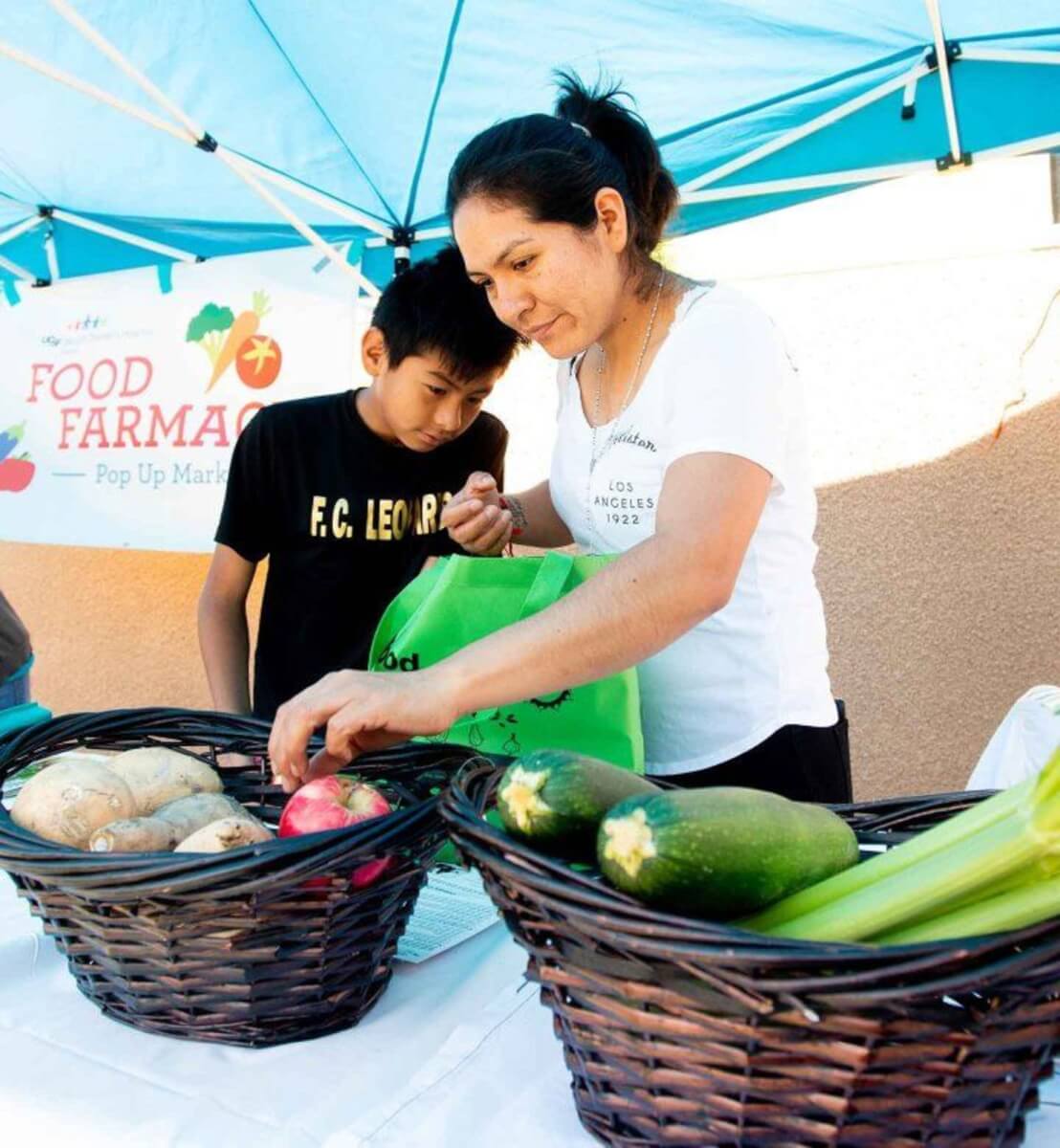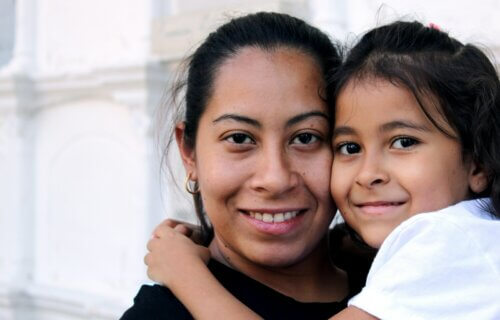SAN FRANCISCO — A sobering new study reveals a striking connection between early childhood food insecurity and an increased risk of developing nonalcoholic fatty liver disease later on among Latinx children. This condition, akin to the prevalence of asthma, affects five to 10 percent of children in the United States and has seen a notable rise in pediatric cases over the past decade. Fatty liver disease can lead to severe health consequences, including cirrhosis, cancer, and the need for organ transplantation.
The study highlights that in 2022, 13.2 percent of children in Hispanic households experienced unreliable access to food, a significant increase from 9.7 percent in 2021. This rate of food insecurity was higher compared to Black households (16% in 2022, up from 12% in 2021) and significantly higher than in White households (5.5% in 2022, up from 3.4% in 2021). Given that Latinx children and adults are more susceptible to fatty liver disease than their White or Black counterparts, the findings underscore the urgent need to address food insecurity within this community.
“We’ve seen studies in adults associating food insecurity with fatty liver disease and liver fibrosis, but very few studies have looked at children,” says study lead author Dr. Sarah Maxwell, a pediatrician currently completing her pediatric transplant hepatology fellowship at the University of California-San Francisco Benioff Children’s Hospitals, in a university release. “This is especially important for Latinx children, who have both high rates of household food insecurity and fatty liver disease.”

The research advocates for earlier screening for metabolic dysfunction-associated steatotic liver disease (MASLD) in children, moving beyond the current guidelines that recommend screenings primarily for children with obesity between nine and 11 years-old and those with severe obesity two to nine years-old.
The UCSF-led team followed two cohorts of Latinx mothers and their children from pregnancy to mid-childhood, with one group beginning in 2006-07 and the other in 2011-13. They utilized the U.S. Household Food Security Food Module to measure food insecurity when the children were four years-old and assessed for fatty liver disease between the ages of five and 12.
The study found that 29 percent of the children experienced food insecurity at age four, and 27 percent developed fatty liver disease in early to middle childhood. Notably, children from food-insecure households were more than twice as likely to develop fatty liver disease compared to those from secure households, with food insecurity at age four nearly quadrupling the odds of having the disease by age 12.
Researchers suggest that the nutritional quality of diets in food-insecure households, characterized by less produce and more sugar-sweetened beverages, may directly contribute to the accumulation of fat in the liver. Additionally, irregular eating patterns can disrupt metabolism, increase stress and inflammation, and negatively affect the relationship between gut microbiota and the liver.

“Given our findings and how young patients are presenting with the condition to our liver clinics, we believe screening for MASLD should begin earlier than current guidelines recommend, which is age 9-11 years for children with obesity and age 2-9 years for those with severe obesity,” notes Dr. Maxwell. “Food insecurity screening is also important early on, especially for Latinx children who are at higher risk and could be connected to healthier food resources in their communities.”
The researchers say connecting these families to healthier food resources in their communities and ensuring that public meal programs, like school lunches, provide nutritious, balanced meals are crucial steps toward mitigating this public health issue.
The study is published in the journal Pediatric Obesity.
You might also be interested in:
- More than 1 in 3 Americans are now living with fatty liver disease
- Food insecurity in the U.S. may be worse than anyone thinks, study reveals
- Latine stereotype? Americans say Hollywood still portrays Latinos in a poor light
- First-of-its-kind blood test to revolutionize detection of psychiatric disorders

You lost me at LatinX. WTF